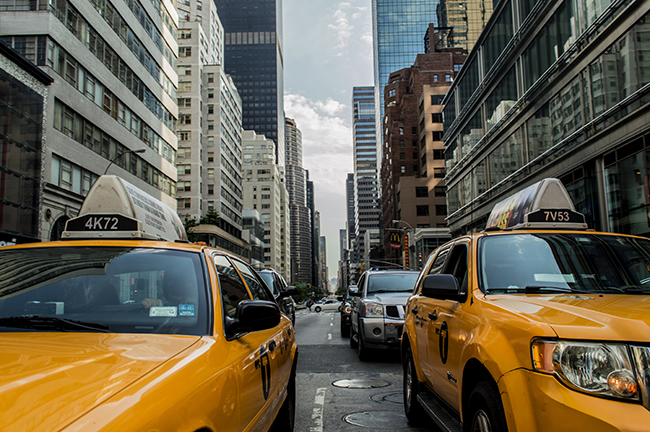The Big Number: Gas Prices

By Laurie Gelman
As sure as the sun will rise, so will gas prices this summer. Cynics would say it’s no coincidence that the cost to fill er’ up goes up just as New Yorkers (like most Americans) are hitting the road for vacation, but the truth is many things make the price of gas fluctuate.
If you have ever wondered how that perpetually changing number at the gas pump is determined, here’s a layman’s look at the deal.
Using a farm to table analogy, lets follow the path of petrol from oil field to gas station and see who gets a piece of the pie.
First you need some crude oil, the price of which is the single biggest factor in the pricing of gasoline. It’s a pretty simple system - if there is a big supply then price is low. If there is a shortage, the price goes up. Prices have gone as high as $146 per barrel to below $30 per barrel and that fluctuation is mirrored at the gas pumps. To put it in relatable terms, if the price of crude goes up by $10 a barrel, you will see a 25 cent hike in gas.
Once you’ve bought your crude, now you need to get it to a refinery. The US may get the majority of it’s oil from the Middle East but we refine that liquid gold right here in the good old USA. So getting it here is half the battle. If all is well, it’s a smooth transfer. But if there is a hurricane in Louisiana or government instability in Iraq or Yemen, transport of the oil can be put in jeopardy. Any delay will definitely affect the price you ultimately pay for the gas at the pump.
Once the oil is delivered, the refineries take their cut of course - they earn about 20 cents on every gallon they process. This price usually rises in the summer months because they have to adhere to the Clean Air Act starting from May to September and switch to summer blend formulas. Considering that U.S refineries pump out 18.5 million barrels a day, according to OPEC (that’s 777 million gallons) they earn their (20 cents) of the pie.
Now its time for Uncle Sam to take his chunk. Taxes on gas are levied at all levels of government - federal, state and local all have hands out for their slice. The big boys tax it at around 18.4 cents per gallon and although state taxes vary, the average is about 25 cents per gallon. That adds 46 cents per gallon to the total you pay.
And finally we come to the gas station owners. They earn about 14 cents for every gallon of gas they sell. The cost of doing business varies not only from city to city but neighborhood to neighborhood. You have to consider the rent they pay, the number of employees they have and any number of other overhead costs. Traffic patterns also play into it. Two stations can be across the street from each other but if one gets a better traffic flow and is more easily accessible, he will get more business and be able to charge less for gas.
So New York, as you pay your $2.23 (as of the day I write this) a gallon for regular, you may want to think about how many hours you will have to work to pay for this summer’s vacation.



